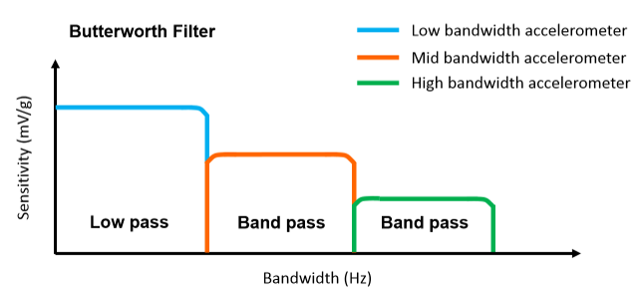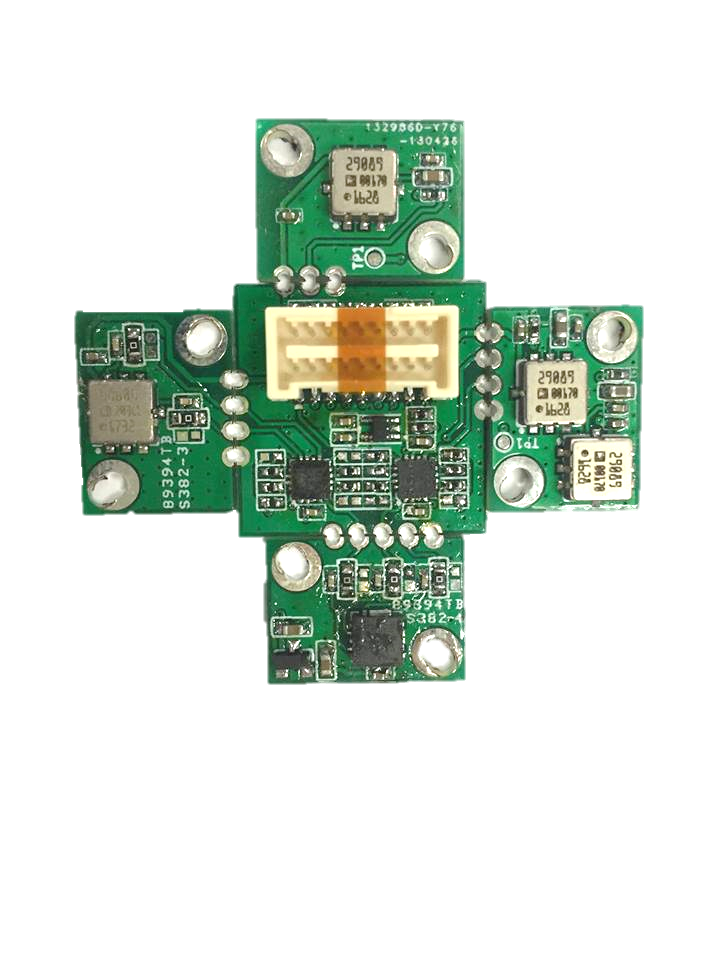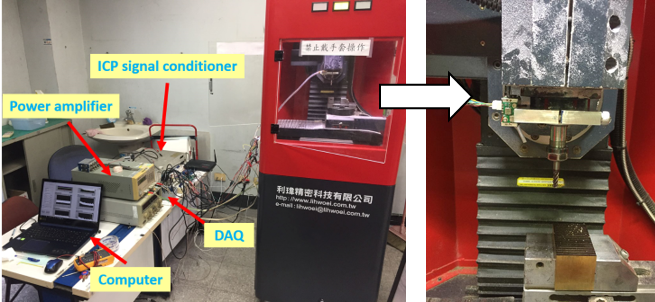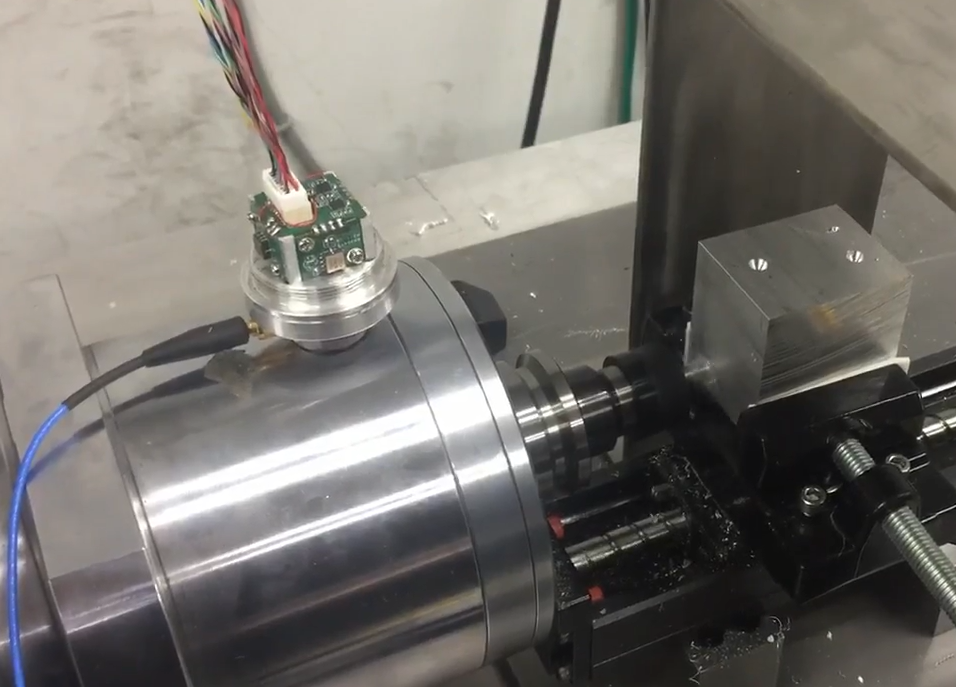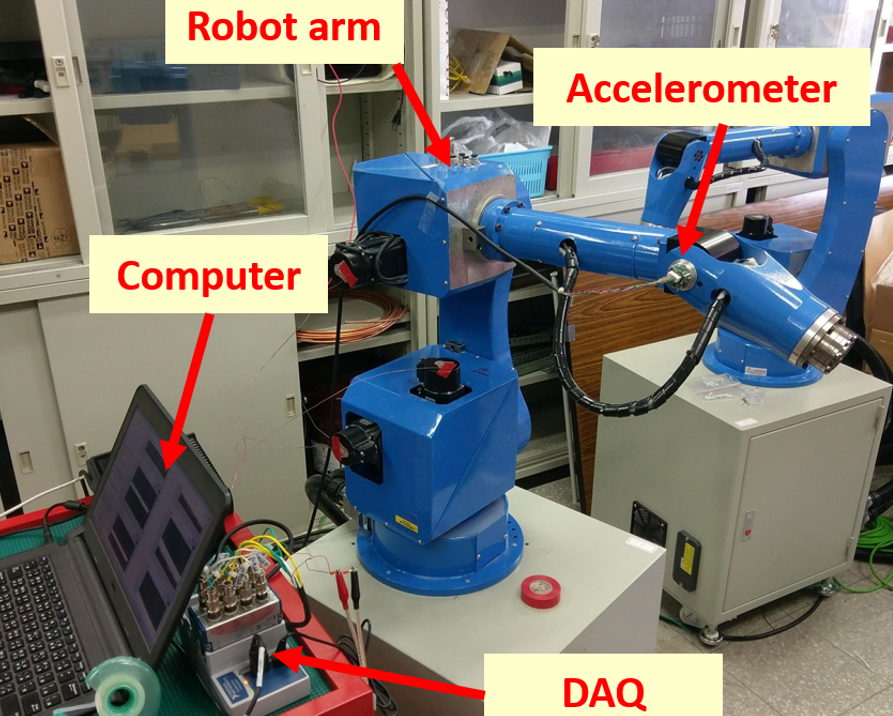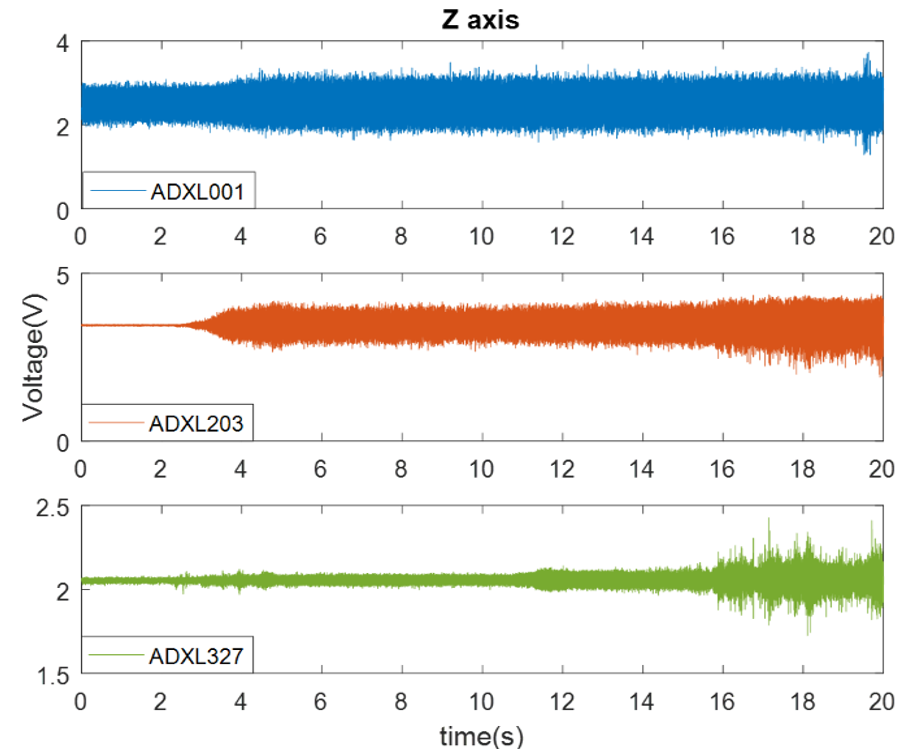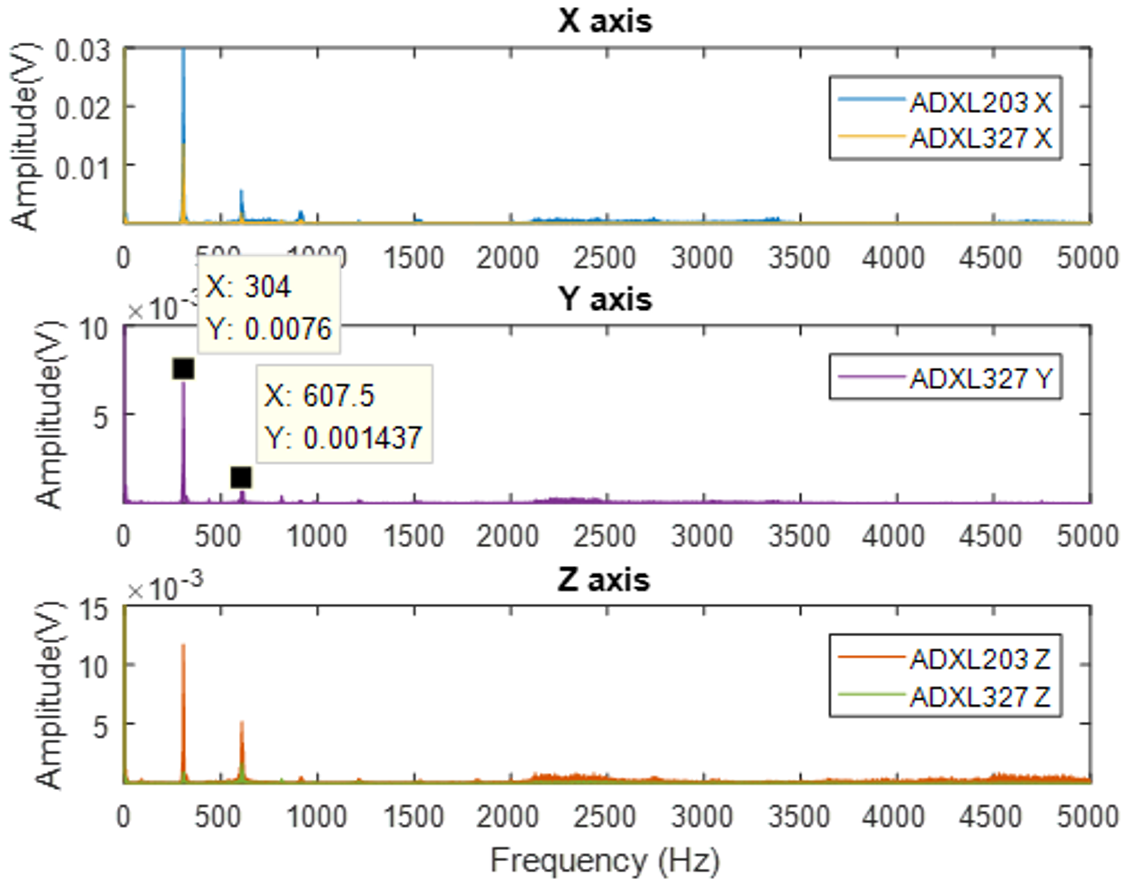Design and Evaluation of a Vibration Monitoring Module by Multiple MEMS Accelerometer Integrations for Machine Tool Prognosis
|
Design and Evaluation of a Vibration Monitoring Module by Multiple MEMS Accelerometer Integrations for Machine Tool Prognosis Proper vibration status monitoring for machine tools is a fundamental step for reliability evaluation, machine fault diagnosis, and prognosis. For achieving such a task, miniature low cost but effective sensors such as MEMS accelerometers should be used. However, due to the nature of machine tool characteristics, both high sensitivity and bandwidth are required and this imposes a challenging constraints on current MEMS devices. In this work, a tri-axial module by integrating three types and totally five MEMS accelerometers along with proper signal processing is designed and realized for machine tool status monitoring applications. Finally, the module has been applied on a five-axis machine tool, a driller, and a robot manipulator for detecting the process-induced vibration for demonstrating its possible applications in both abnormal condition monitoring and machine prognosis and other realms. |
|||||||
| ______________________________________________________________________________________________________________________ | |||||||
|
The claim of Industry 4.0 has been advocated to accelerate productivity, to reduce production cost, and to improve reliability. Regarding productivity concerns, machine tools play key roles in modern manufacturing industry and they usually represent the highest cost in the production process of the manufacturing industry besides raw materials. The quality of machined products is largely depended on the status of machine tools in various aspects such as regenerative vibration induced by cutting and appropriate vibration monitoring would be essential for both quality control and safety prognosis and life assessment. In particular, one of the key tasks is on monitoring the health condition of machine tools for the purpose of early warning and fault pre-diagnosis. Among all possible physical phenomena generated during the operation of machine tools, vibration is particular meaningful since most abnormal operations or defects would induce undesirable machine vibrations. For example, cutting process induced undesirable chatter vibrations have traditionally an annoying problem and many researchers have proposed methods to describe and solve it. |
|||||||
|
(a) Figure 1. (a) Typical frequency responses and (b) the desired behavior of accelerometer components in a module. |
|||||||
|
Accelerometers, due to its size and cost, has been widely used for machine tool measurement. However, accelerometers with poor bandwidth, sensitivity, and even signal to noise ratio would result in defected data and could yield wrong diagnosis and actions in machine tools. In addition, the considerations in cost, size, and the requirement on additional signal conditional units should also be evaluated. For example, for diagnosis on spindle bearing, the size of accelerometer becomes critical since the space allows for installing could be very limited. Also, for monitoring miller cutting, it is desired to embed sensors in tool holders and it requires a strict integration between sensors and the associate data acquisition, electronics, micro control unit (MCU), and even wireless transmission together as self-contained measurement units. Although piezoelectric accelerometers have been widely used, they suffer from cost, the need of charge amplifiers, and the difficulty in subsequent system integration. All of those factors made they are usually not affordable except for high-end machine centers. |
|||||||
|
Figure 2. The picture of the accelerometer module with five MEMS chips. |
|||||||
|
Vibration of machine tools during operating can be very complicate and cover a very wide spectrum. For accelerometers, there exists a trade-off between system bandwidth and sensitivity and this is especially true for MEMS devices. As schematically shown in Fig. 1, any single accelerometer will suffer from its own sensitivity-bandwidth limitation and may not be able to cover the entire required frequency span for proper monitoring and diagnostic tasks, where both high sensitivity and high bandwidth are required. However, due to their potential on miniaturization, low cost, and easier in circuit integration, MEMS accelerometers could be ideal candidates for machine tool monitoring. As a result, it is possible to integrate several individual MEMS accelerometers originally designed for specific frequency ranges, along with signal processing, into an equivalent high bandwidth and high sensitivity tri-axial MEMS accelerometer module (shown in Fig. 2). In this example, three high-frequency single-axis, a medium frequency two-axis, and one low frequency tri-axis accelerometers are hired to achieve the goal. However, this approach results in redundant information and additional high order digital filters are required to shape the output of each accelerometer in their designated frequency bands for eliminating the redundant information to form more accurate signal outputs. Various applications have been performed such as machine tool cutting (Fig. 3b), drilling process (Fig. 3b), and robot arm manipulation (Fig. 3c), for demonstrating the applicability of the module. Typical corrected data in both time and frequency domains are shown in Fig. 4. |
|||||||
|
(a) (b) (c) Figure 3. Various applications of the module: (a) five-axis machine tool, (b) drilling processing, and (c) robot arm health monitoring. |
|||||||
|
Although the concept of sensor fusion/integration has been already established and well used in many applications for many years. However, it seems that less works is focusing on improving sensor performance through systematic integrations. To the best of our knowledge, at least no similar sensor integration works are reported for machine tool applications. Consequently, we believe that the contribution of this work is on proposing such an integration concept and to demonstrate its feasibility in machine tool status monitoring applications. In the near future, the size of the module could be further reduced and fully digitalized by appropriate circuit miniaturization and re-designing the mechanical adapter. Moreover, as the advanced in MEMS technology, MEMS accelerometers with better dynamic performance are expected to be available and can be fit into the current architecture to enhance the performance. For condition diagnosis, due to the complexities of the source of vibration signals, artificial neural network based AI and deep learning schemes are currently developed and will be applied. It is expected that these AI-based models could have better insight on describing the collected vibration signal and predicting the machine status for enhancing the manufacturing reliability. |
|||||||
|
Figure 4. Typical vibration signals and frequency spectra obtained of the module. |
|||||||
| ______________________________________________________________________________________________________________________ | |||||||
|
|||||||
subscribe E-news
Vol.34 NO.5(2022.10)-1 Author information
|
Author
Kuo-Shen Chen Department of Mechanical Engineering, National Cheng Kung University(NCKU) |
|
|
|
Research members Kuo-Shen Chen,Jui-Ming Tsai, I-Chun Sun Department of Mechanical Engineering, National Cheng Kung University(NCKU) |
|
Key words MEMS accelerometers, Machine tools, Conditional monitoring |
|
Research areas Prospective science & technology research |
|
References
Tsai, J. M., Sun, I., & Chen, K. S. (2021). Realization and performance evaluation of a machine tool vibration monitoring module by multiple MEMS accelerometer integrations. The International Journal of Advanced Manufacturing Technology, 114(1), 465-479. https://link.springer.com/article/10.1007/s00170-021-06856-3 |
|
Download
Design and Evaluation of a Vibration Monitoring Module by Multiple MEMS Accelerometer Integrations for Machine Tool Prognosis |






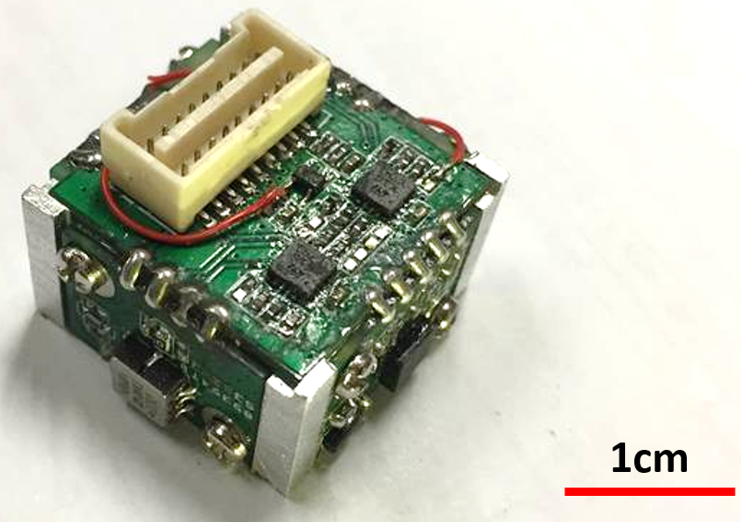
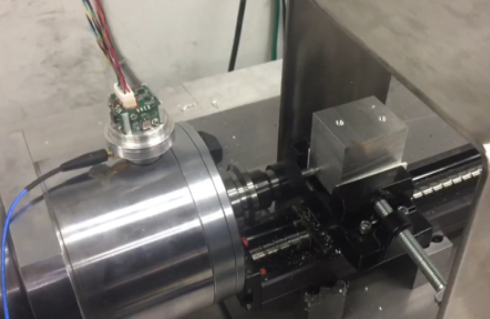
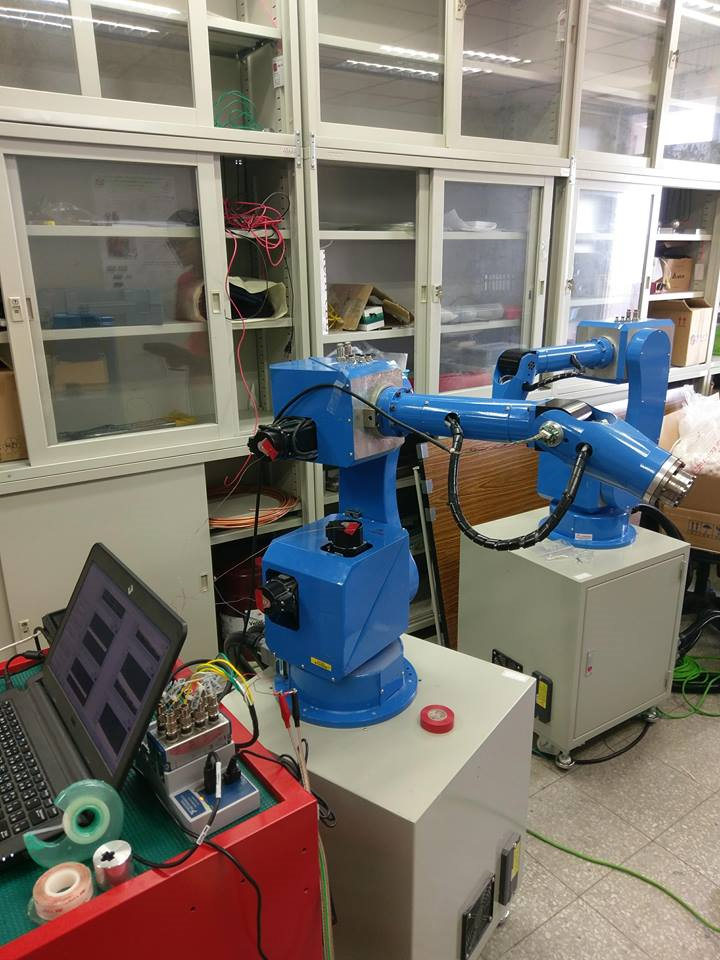
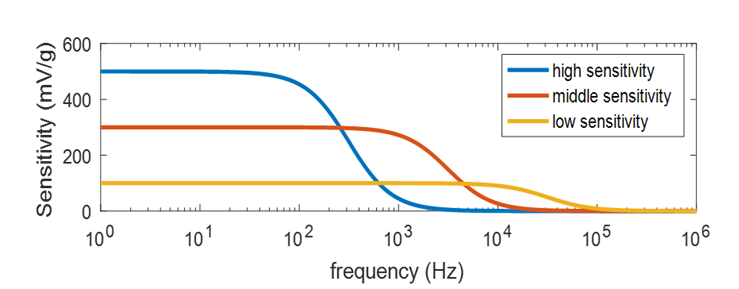 (b)
(b)